Bathurst Flag Staff, Bathurst, NSW

Auustralia's first town outside of the Sydney Basin is famous for its race track, especially when used by tin tops in October. Bathurst is home to the Flag Staff. Its history is compelling. Like wow!
Anglican Church, Kelso, NSW
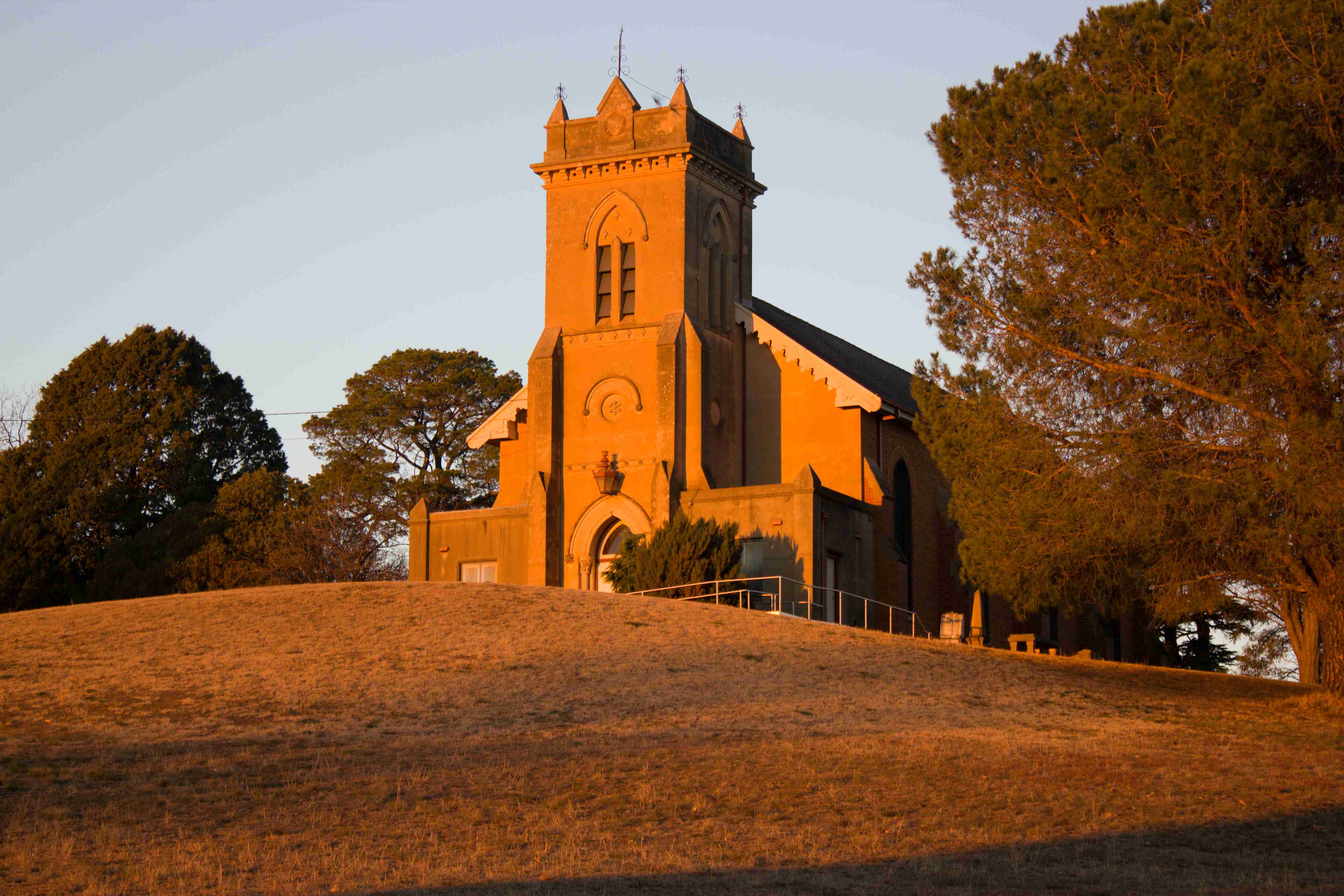
The Kelso Anglican Church was consecrated in 1835 and was the first Australian church located west of the Blue Mountains with that honour.
Gulgong Timber and Hardware, Gulgong, NSW

Gulgong is a fantastic example of our recent heritage and contemporary Australia getting along with aplomb. The old flour mill is now occupied by Gulgong Timber and Hardware.
There's something about corrugated iron and Australia.
Lewis Ponds, NSW
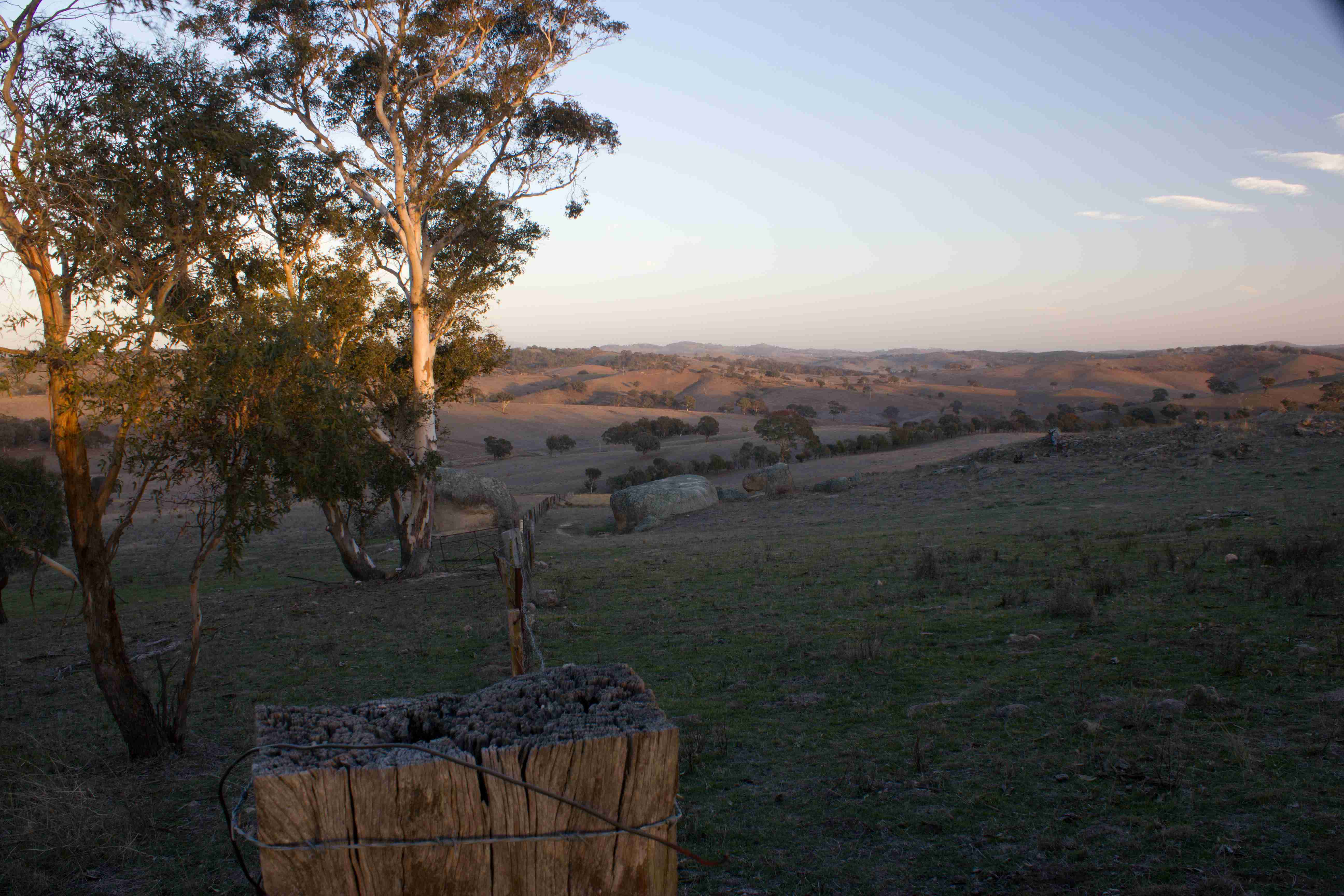
Where Cashen Road meets Ophir Road and White Rocks Road looking West.
Lewis Ponds is situated 16km east of Orange. Copper was found in abundance in the 1840s. There were at one time 200 miners employed in the area. After the announcement that gold had been discovered at Ophir in 1851, the miners downed tools and headed for Ophir. By 1911 most mining activity had ceased.
Lachlan River, Forbes, NSW

Located on the Lachlan River, Forbes is part of the area inhabited by the Wiradjuri nation.
Europeans passed through originally in 1817. Settlers arrived in 1834 and gold was discovered in 1861.
Ben Hall was shot nearby and is buried in the Forbes Cemetry.
Gulgong, NSW

The universe putting on a show like only it can...
War Memorials, Bathurst, NSW

The statue in the foreground is Lord Kitchener. He unveiled the monument in 1910.
The red building in the background is the Carllion.
Both are memorials to the sacrifices made by the men and women of Australia as a result of the wars in which Australia has paticipated.
Australia has a proud military history. Its defence personnel, including the armed forces and medical and support services are highly respected around the globe.
ANZAC Day brings the people of Australia together like no other day in the Australian calendar. It's a day of deep reflection, rememberance, mateship, national pride and whatever individuals make it for themselves personally.
Gulgong, NSW
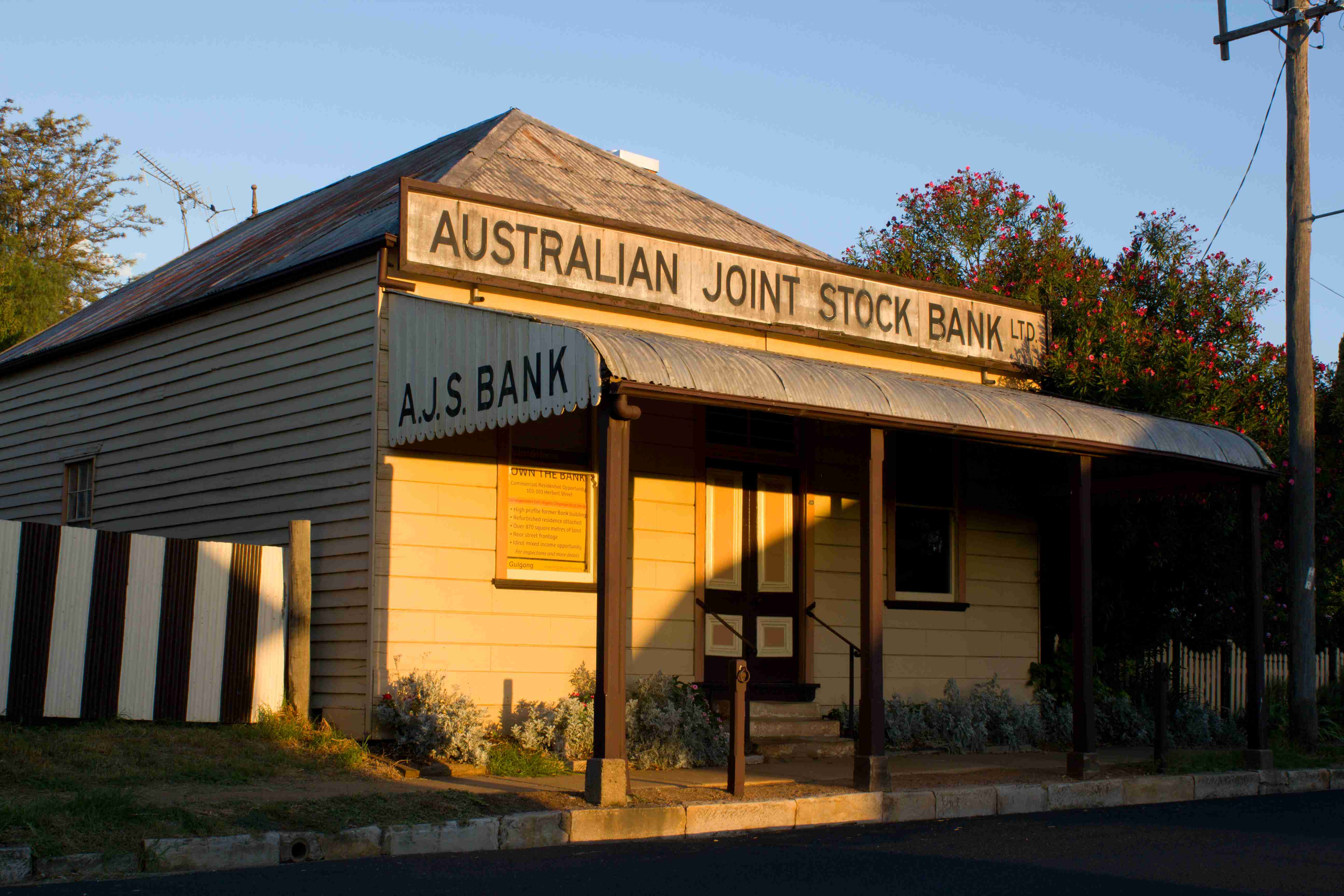
Australian Joint Stock Bank. Some famous names on the founding list.
Prince of Wales Opera House, Gulgong, NSW
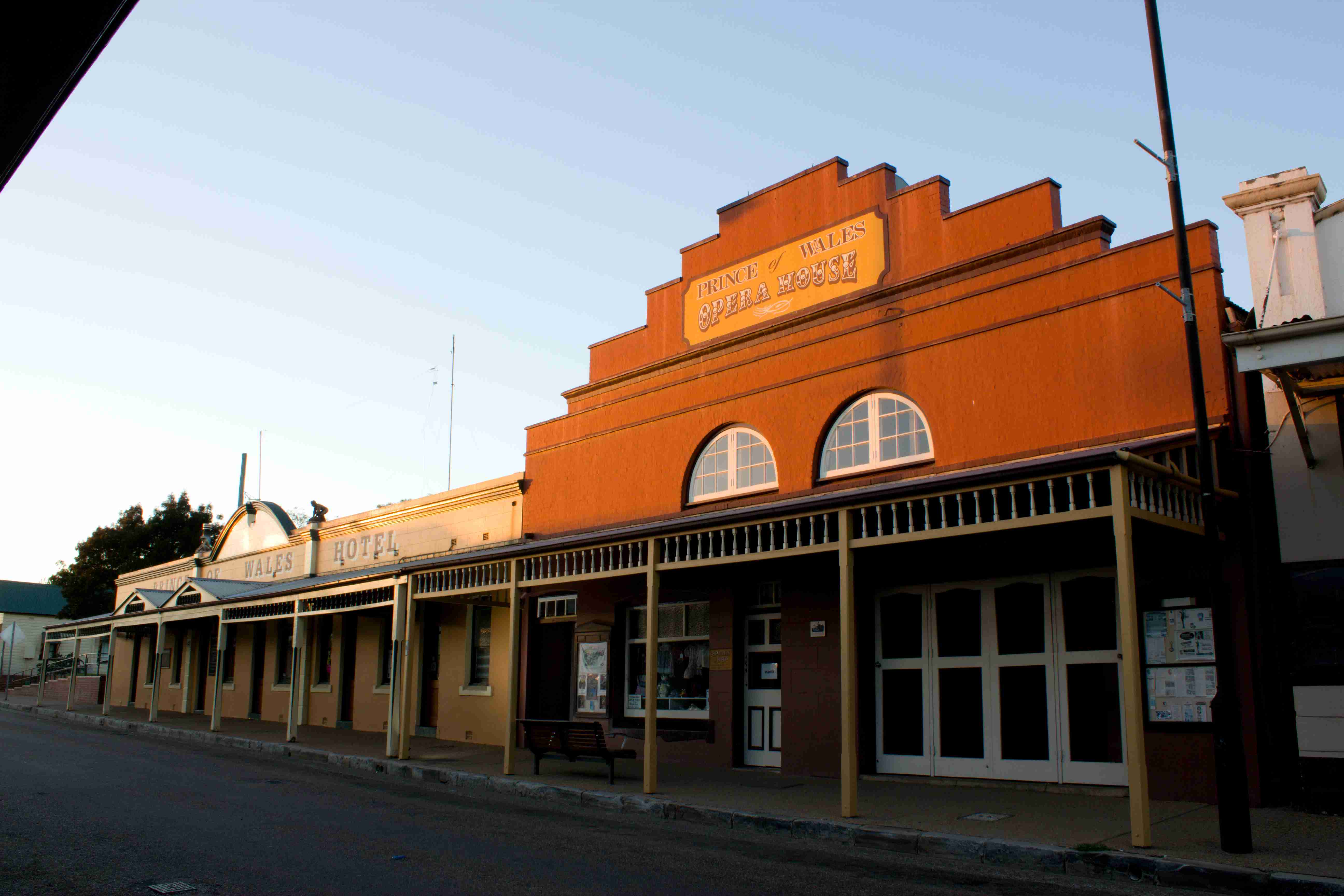
The oldest still-operating Opera House in the Southern Hemisphere.
And the Prince of Wales Hotel next door.
Gulgong is a gem of a town. Step back in time. Of all the main streets I’ve seen; Gulgong’s is special.
Ten Dollar Hotel, Gulgong, NSW

Henry Lawson, the Australian author from the 19th Century, has his image on the $10 note.
Post Office, Hill End, NSW

The town of Hill End is a living breathing and preserved town managed by the NSW National Parks Service.
It is rich in modern history that includes gold mining and artists and buildings galore.
You can stay in the PO.
Gulgong, NSW
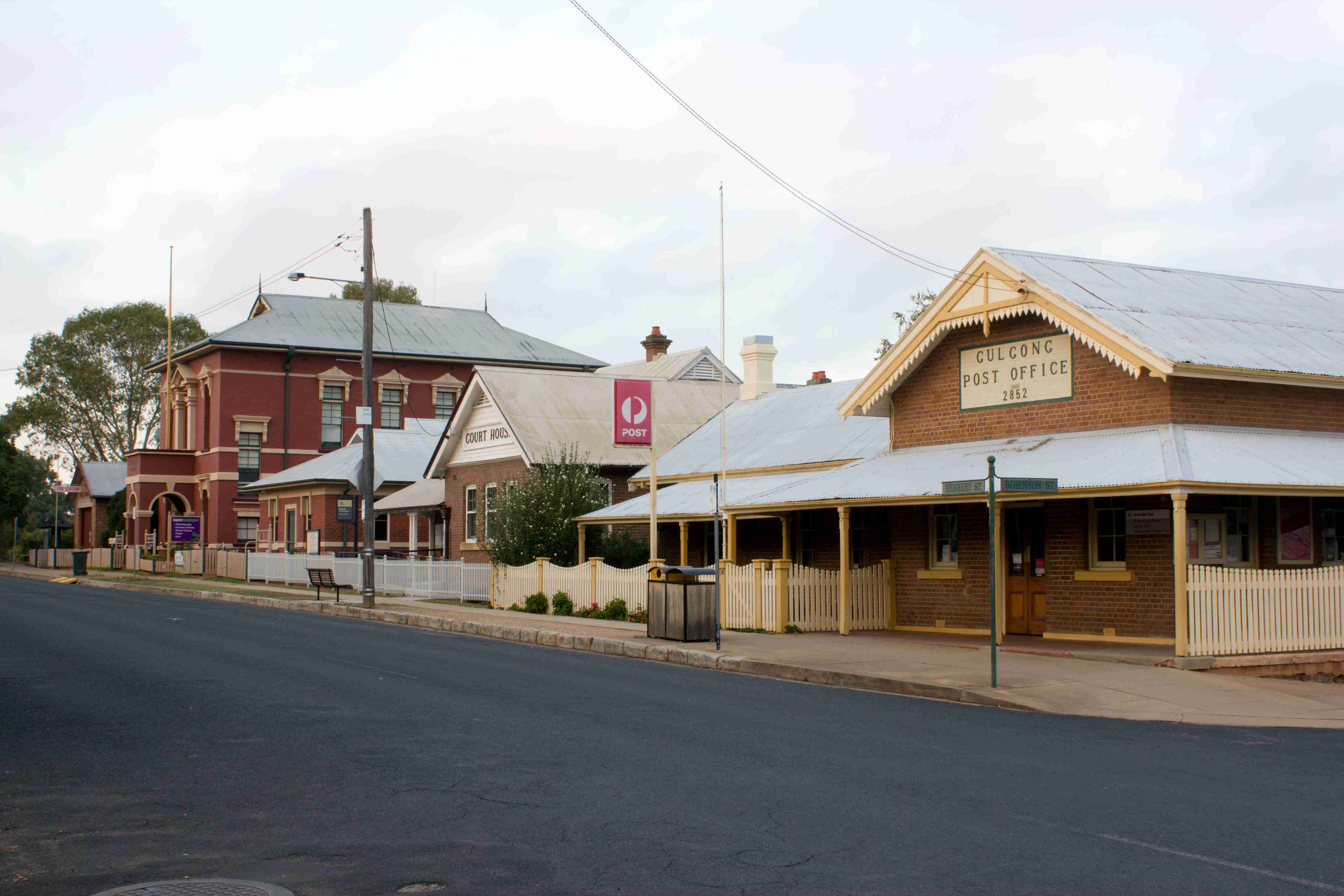
The street of power. The two storey building is the council chambers.
Mt Panorama Pit Straight, Bathurst, NSW

Pit Lane at The Mountain, NSW.
Thinking of what has transpired in this part of Australia over the years - like wow...
For example; in 1973 Doug Chivas pushed a 1 ton car up this stretch of tar after running out of fuel. He had to do it alone... He was co-driving with the legendary Peter Brock. They were leading and ultimately finished 2nd.
Mount Panorama, NSW
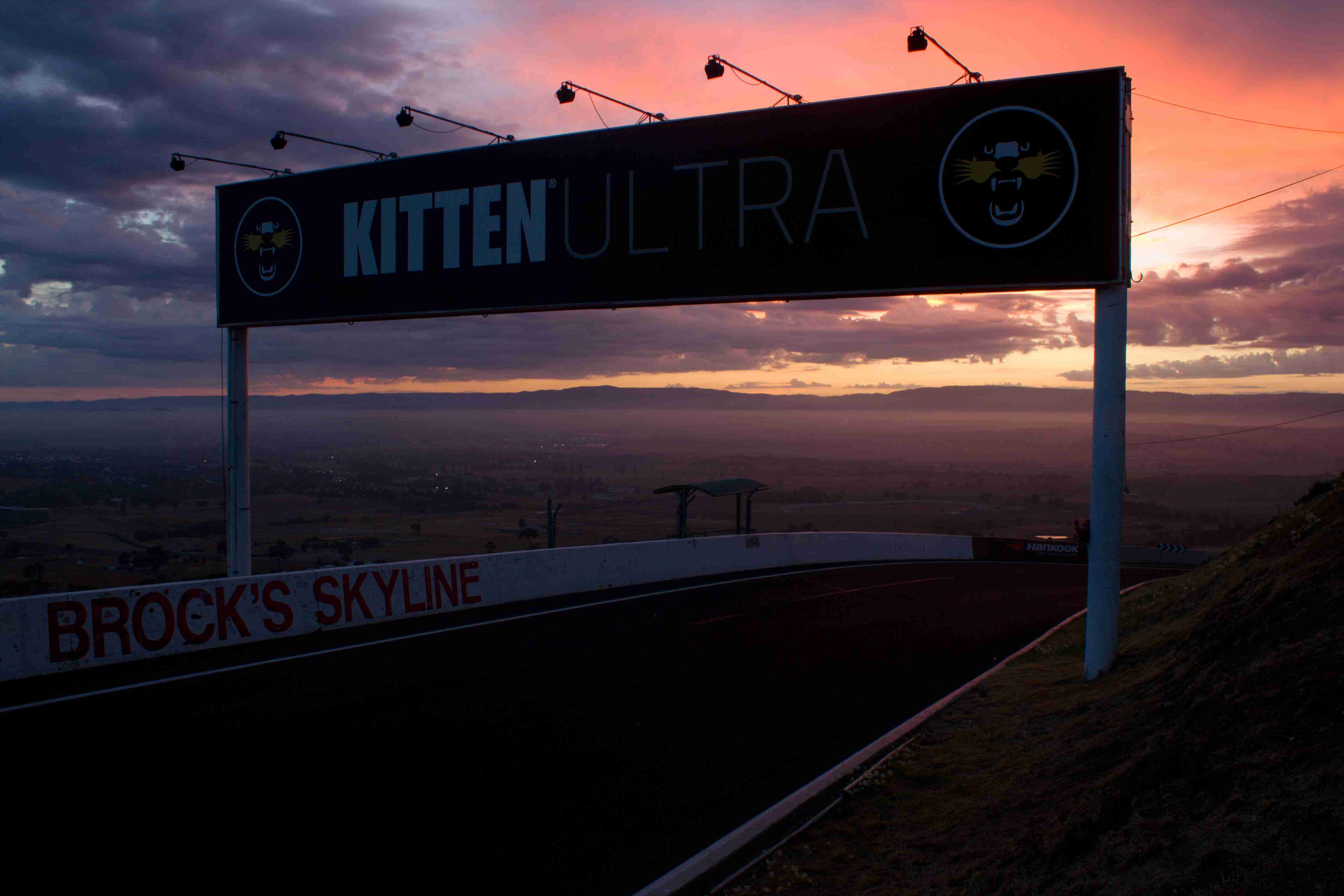
'nuff said...
Mount Canobolas, NSW

1395m high... Ancient volcano.
Mount Panorama, NSW

Australia's signature motor racing track. This is the finish line. The climb from Murray's Corner, 100m downhill from the finish line, to the top of Mount Panoama at Sulman Park is 174m; per lap.
My gorgeous wife drove the mountain in a V8 Supercar as part of the hot laps experience which occurs in February after the Bathurst 12 hour has been run and won. She really enjoyed driving at more than 240 km/hr down Conrod Straight.
The Dish, Parkes, NSW

Looking west...
A famous movie star.
Wallerawang Power Station, Wallerawang, NSW

Wallerawang is in the Central Tablelands coal country. Lake Lyell, which is on the edge of town, is a brilliant free camping spot.
The Wallerawang power station was mothballed in 2013 and 2014, with its permanent closure announced in November 2014.
Starting in October 2019 the Gospers Mountain bushfire burnt out more than 500 000 hectares to the east and north of Wallerawang and got within a couple of kilometres of 'Wang.
This untouched photo was taken at the height of the bushfires in the area.
The Denison Bridge, Bathurst, NSW

The MacQuarie River is the northern of the group of three rivers that run through the Wiradjuri People's Country. The other two being the Lachlan and Murumbidgee Rivers.
It is a three-span wrought iron, truss bridge built in 1870. Its advanced design was a major engineering achievement at the time and represents the maximum achievable by truss spans.
The bridge is associated with three important colonial engineers: William Christopher Bennett (Commissioner and Engineer for Roads), Gustavus Alphonse Morrell (Assistant Engineer and designer) and Peter Nicol Russell (P N Russell and Co).
Bathurst Racecourse
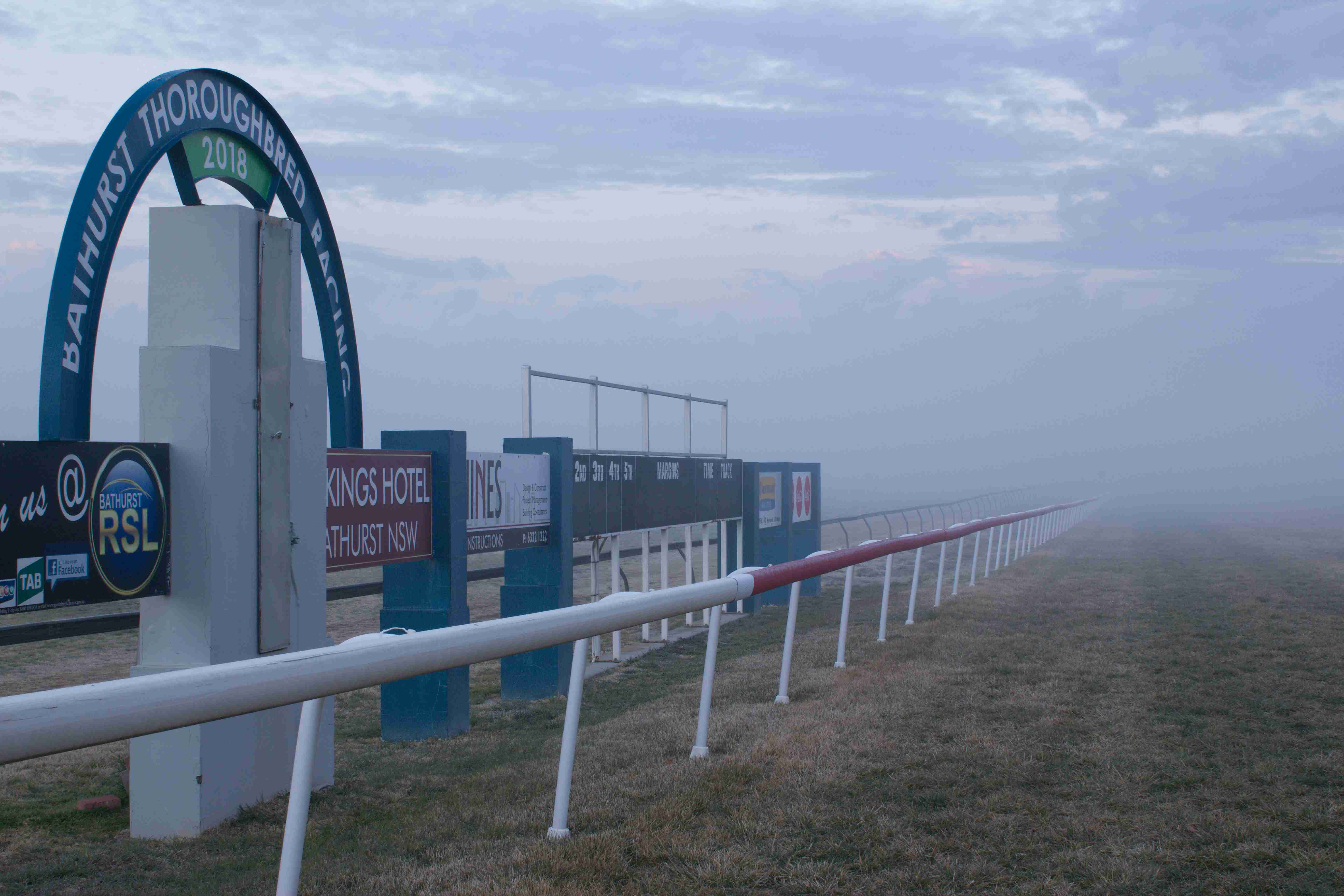
From the finish line looking back down the straight. It's on the river flats and early morning fogs are common.